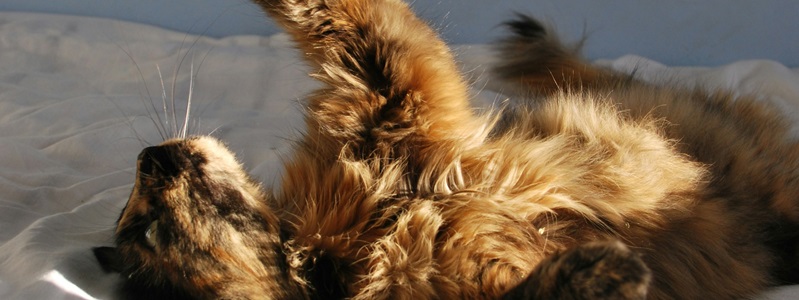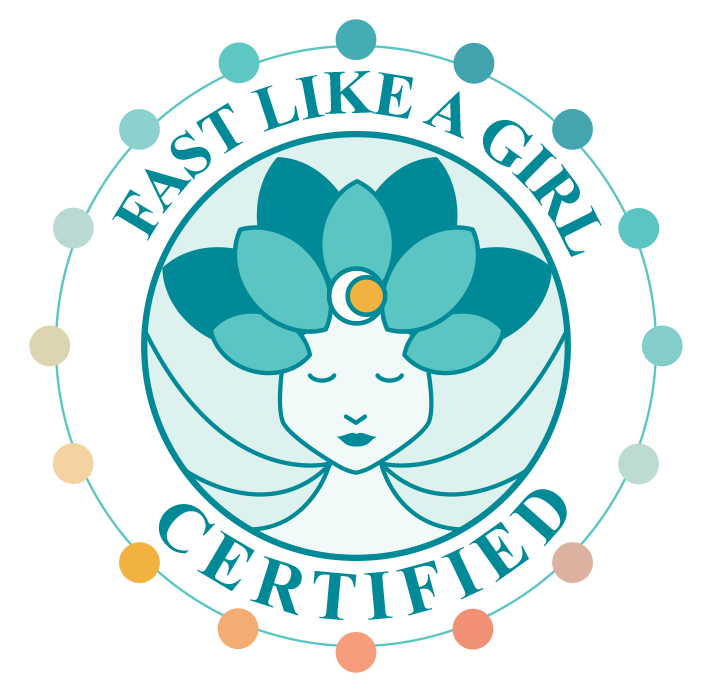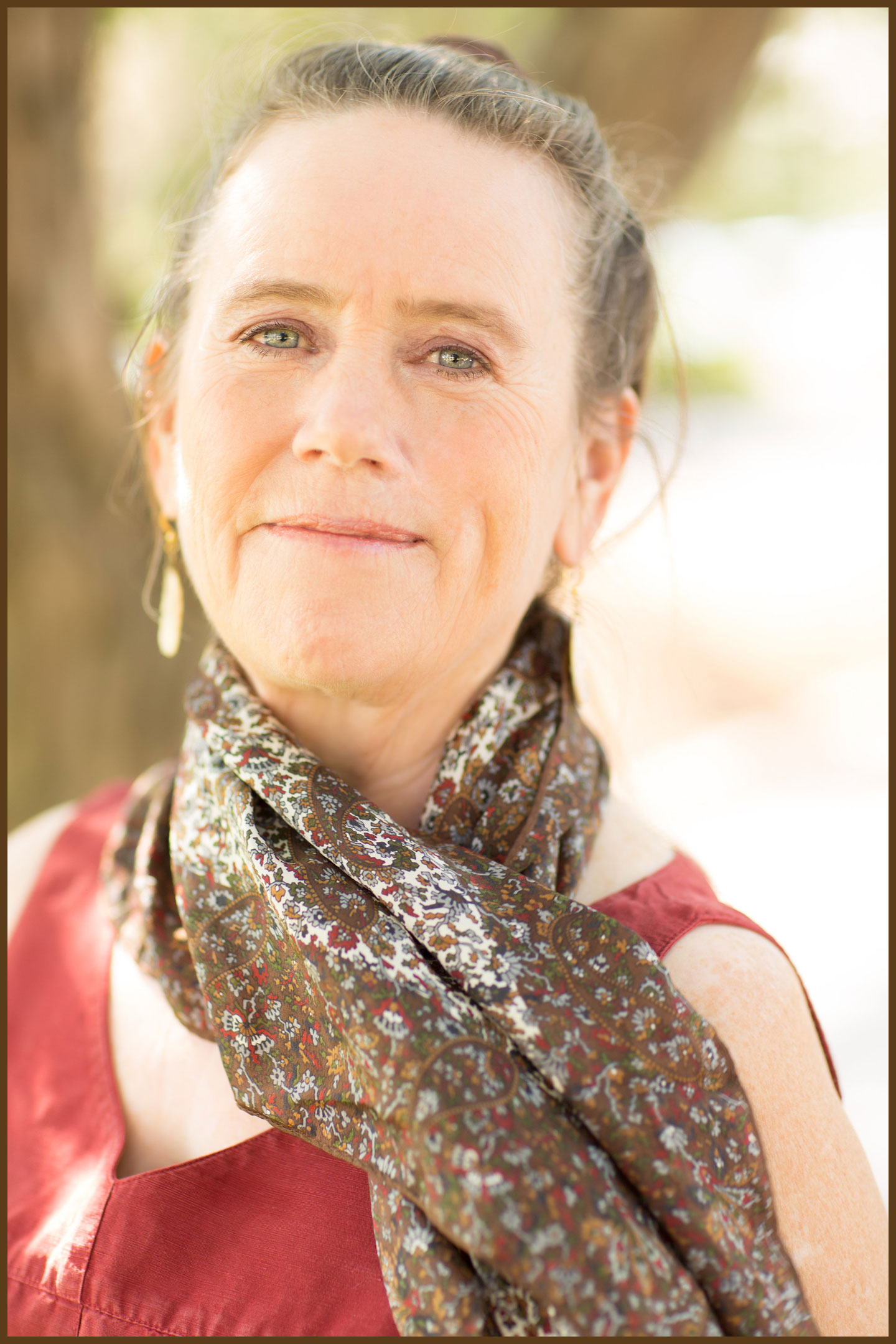We all think we need to be drinking a certain amount of water every day to stay hydrated, right?
What have you heard? Eight glasses of water a day? (There is no science behind that.) Half your weight in pounds to calculate the number of ounces of daily water? (Also, no science.)
Besides water quantity, we need to look at water quality, and there is even more beyond that.
Water Quality
Water, when not moving as in Nature, tends to glom together in clusters. This is not conducive for absorption into your cells. It is not conducive to hydration.
Most of the water that is presented to us to drink it like that – clustered together. Water in bottles. Water from the water cooler. Water from the tap. Even filtered water.
I won’t belabor this point, because a lot of what I talk about when I talk about water is how water is structured. The quality of structured water is evident in its ability to be absorbed into cells, and therefore hydrate your body.
Beyond that, there are ways we can increase hydration that has nothing to do with water intake.
Hydration through sunlight
One thing that direct sunlight on your body does is affect the water in your cells. Who knew?
The sun’s radiation will align the water molecules in your cells so that they create a supportive structure inside your cells for all the mechanisms of the cell to work more efficiently. Water molecules support the structure of DNA so that it can unwind and replicate more accurately. They facilitate communication within the cell. They assist energy production.
According to researcher Dr. Gerald Pollack “Radiant energy from wavelengths ranging from ultraviolet to visible light to infrared converts ordinary bulk or liquid water into ordered water.” This ordered water is in the gel state that supports all the intracellular functions and that is the whole idea of hydration.
Just some time outside in the sun will help your cells hydrate!
Hydration through movement
As we move our bodies, muscles contract and relax, twist and squeeze, and the fluids within and around start to circulate. But there is more.
The contraction and relaxation of muscles generate a small electrical charges called piezoelectric forces. These interact with the water’s charges, moving water into and out of cells. Voila! Hydration.
Take for example walking. As you move across the Earth, your leg, hip and foot muscles contract and relax, and I’ll bet your arms and head get in the swing of it too. This also stimulates the body’s lymphatic pumps to bring the fluids from the extremities back into the main circulation.
Your body movement does not have to be big muscle movements. Simple micro-movements we call fidgeting can effectively move the water around your body, into tissues, into circulation, around and around.
Research has shown that one minute of fidgeting every four improved the circulation in the leg that was fidgeting, showing that this can counteract some detrimental effects of sitting still. These micromovements of fidgeting will keep your cells awake and producing energy as long as you keep fidgeting.
Twisting motions are notable for squeezing water out of tissue and along with it the toxins. Once you release from the twist, fresh fluids flow into the tissues along with oxygen and nutrients.
Go ahead and do that gentle yoga spinal twist or just look back over your shoulder. Or maybe just drop your chin to your chest and move from side to side, exploring different positions. Then go ahead and get your shoulders and arms involved squeezing and scrunching.
Then stand in a doorway and raise your arm above your head and place it along the doorframe, then twist forward and backwards, like wringing out your sides like a washcloth.
Remember to fidget your feet and toes when you are sitting, perhaps even raising your knees. Move in all different directions and feel how good it feels.
That’s hydration!
Hydrate with fat
Oils and fats help make cellular hydration possible.
Eating fats help your cells by providing the raw materials that fit into the membrane of the cell to make it fluid with enough surface area to absorb water. As well, fats provide the materials to make channels which shepherd water into and out of the cell.
These structures suffer when your fat intake is insufficient. What is worse is the wrong type of fat. Trans fats and those damaged by heat end up accumulating inside the cell, gumming it up. This impaired cellular functioning ends up dehydrating the cell.
Seeds, certain plants, and olive oil specifically provide monounsaturated fats for the cellular membranes. You can eat avocados, pumpkin seeds and peanuts as good sources as well.
You have probably heard of omega-3 polyunsaturated fats as found in fatty fish like salmon, tuna and mackerel, grass-fed beef, pastured eggs, walnuts, chia seeds and flax seeds. They play a role in the cell membrane as well.
And don’t forget saturated fat to add a bit of firmness to the cell membrane. Not too little, not too much and always the right kind. The best is short-chain fatty acids found in pastured butter, ghee, and high-fat dairy. Then there are medium-chain fatty acids, sometimes know as MCT which are important. You get a bit from butter, and more from coconut and palm kernel oils.
In addition, some of the cellular waste is fat soluble, not water soluble, so it is needed for detoxification. When the cell is cleared of toxins, it can use water better to support the organelles inside the cell to function.
Hydrate with a nap
Tension and stress slow down the flow of fluids in your body. Like putting a crimp in your garden hose.
Checking out for just a while with a nap can release the stress and allow fluids to flow again. Then cells can take up the water they need for their functioning.
Excuse me, I need to go hydrate by taking a nap in the sun! But first I need a snack of walnuts and pumpkin seeds while I stretch and twist, moving my body like a cat.
Ahhhh . . . my body thanks me for hydrating without needing to gulp down some water.





